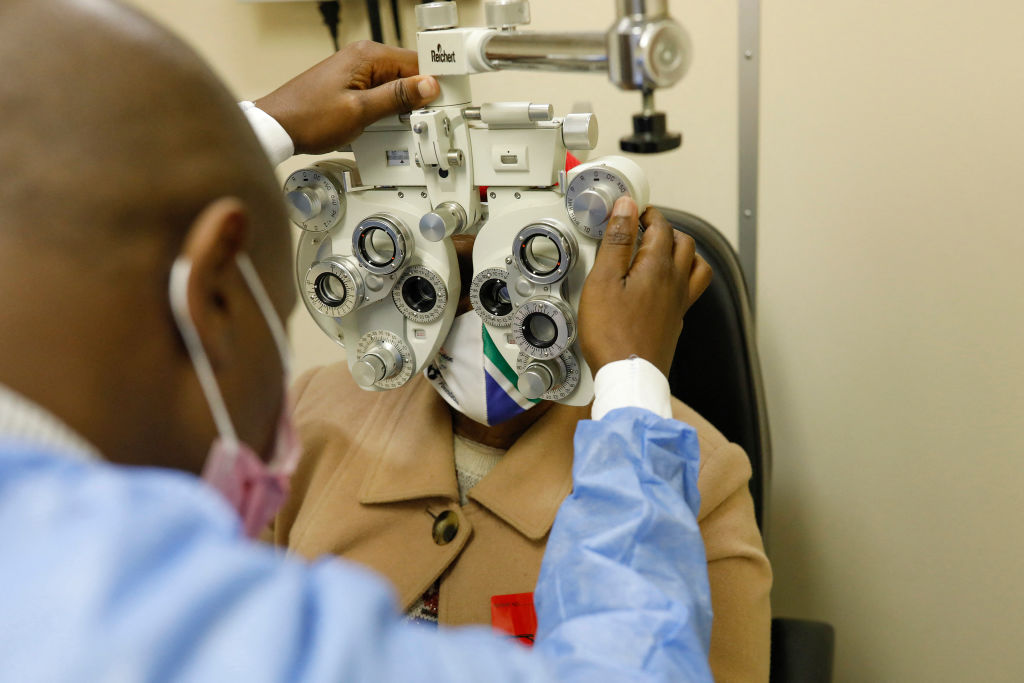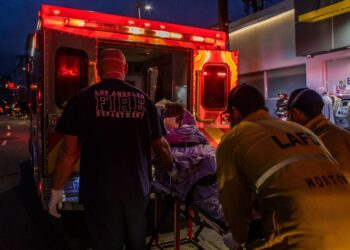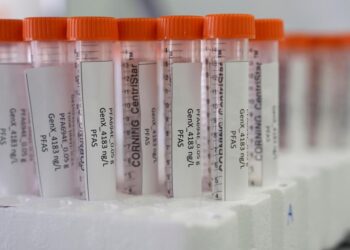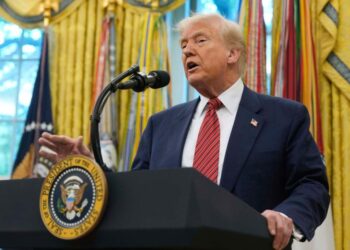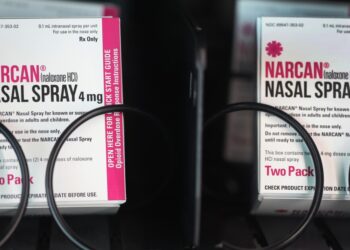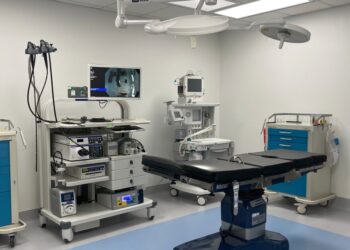I vividly remember that late Friday afternoon when my eye pressure spiked and I staggered on foot to my ophthalmologist’s office as the rapidly thickening fog in my field of vision shrouded passing cars and traffic lights.
The office was already closed, but the whole eye care team was there waiting for me. One of them pricked my eyeballs with a sharp instrument, allowing the ocular fluid that had built up to drain. That relieved the pressure and restored my vision.
But it was the fourth vision-impairing pressure spike in nine days, and they feared it would happen again — heading into a weekend. So off I went to the emergency room, where I spent the night hooked up to an intravenous tube that delivered a powerful anti-swelling agent.
Later, when I told this story to friends and colleagues, some of them didn’t understand the importance of eye pressure, or even what it was. “I didn’t know they could measure blood pressure in your eyes,” one of them told me.
Most people consider their vision to be vitally important, yet many lack an understanding of some of the most serious eye diseases. A 2016 study published in JAMA Ophthalmology, based on an online national poll, showed that nearly half of respondents feared losing their eyesight more than their memory, speech, hearing, or limbs. Yet many “were unaware of important eye diseases,” it found.
A study released this month, conducted by Wakefield Research for the nonprofit Prevent Blindness and Regeneron Pharmaceuticals, showed that one-quarter of adults deemed at risk for diseases of the retina, such as macular degeneration and diabetic retinopathy, had delayed seeking care for vision problems.
“There is significantly less of an emphasis placed on eye health than there is on general health,” says Rohit Varma, founding director of the Southern California Eye Institute at Hollywood Presbyterian Medical Center.
Because eye diseases can be…
Read the full article here

